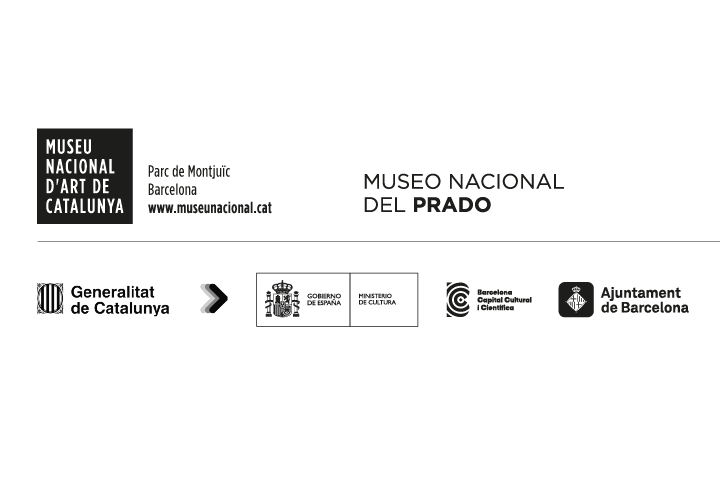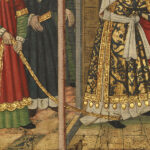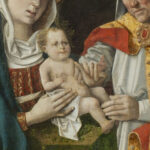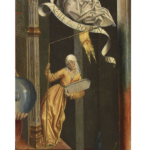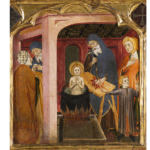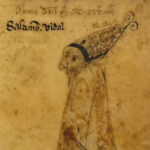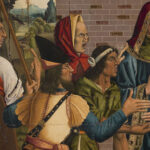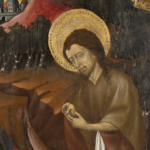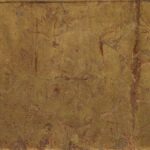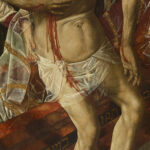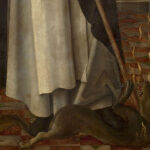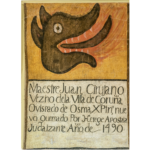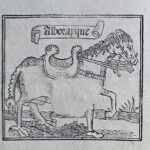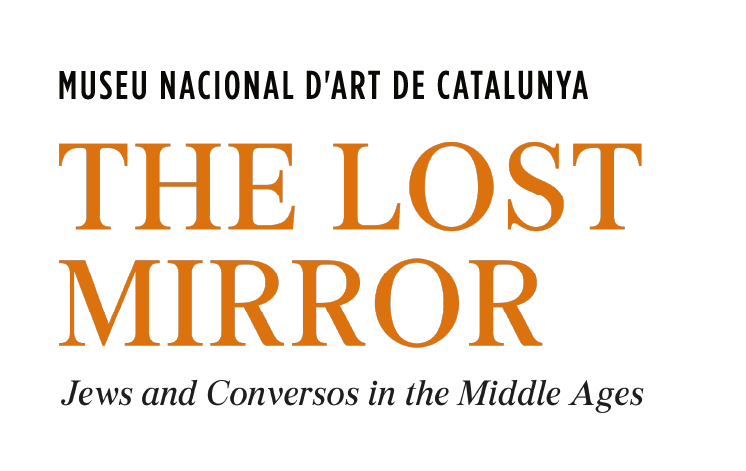
Introduction
How do we construct the image of the “other”? Often, through our prejudices and our way of looking. El Museu Nacional d’Art de Catalunua presents The Lost Mirror: Jews and Conversos in the Middle Ages, which recovers the portrayal of Jews and conversos as conceived by Christians between the 13th and 15th centuries.
The exhibition will be on until 26 May.
It is a show organized jointly with the Museo Nacional del Prado that contains a large selection of works on loan from places such as the Metropolitan Museum of Art or the British Library, among many others. The exhibition explains how images played a fundamental role in the complex relationship between Christians, Jews and conversos.
In this WebApp yu will find the presentation by the curator, Joan Molina, and his keys to the exhibition, through 12 works. You can also read and listen to the room texts, all the commented works, consult the glossary, and access the activities we have organized. It will help you to get the most out of your visit.
The Lost Mirror. Jews and “Conversos” in the Middle Ages
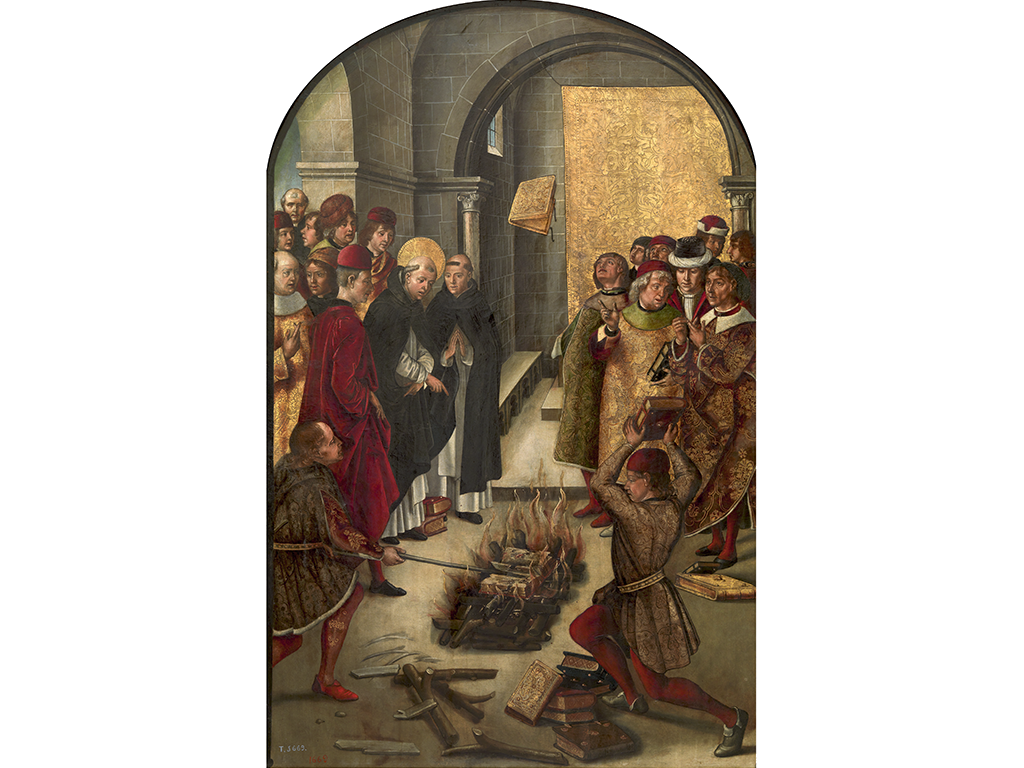
Pedro Berruguete. Altarpiece of Saint Dominic, c. 1491-99. Saint Dominic and the Albigensians. Museo Nacional del Prado
The Lost Mirror. Jews and Conversos in the Middle Ages
Section 1. Transfers and exchanges
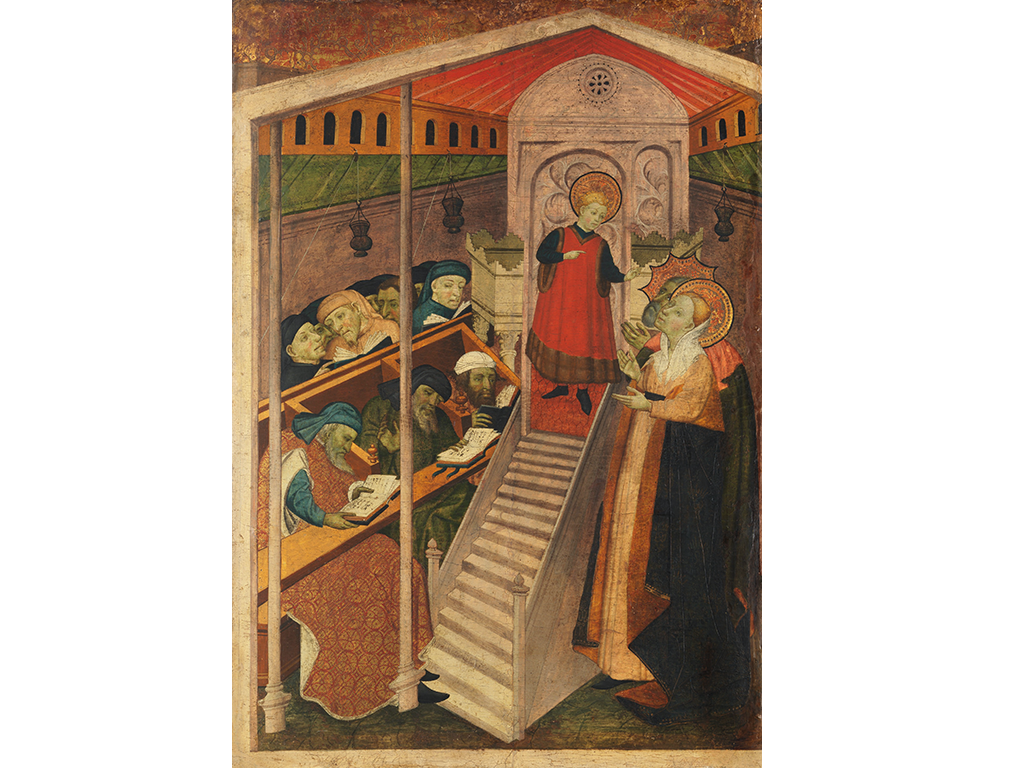
Follower of Bernat Martorell. Christ among the Doctors, c. 1420-40. The Metropolitan Museum of Art, The Friedsam Collection, Bequest of Michael Friedsam, 1931 © 2024 Image copyright The Metropolitan Museum of ArtArt ResourceScala, Florence
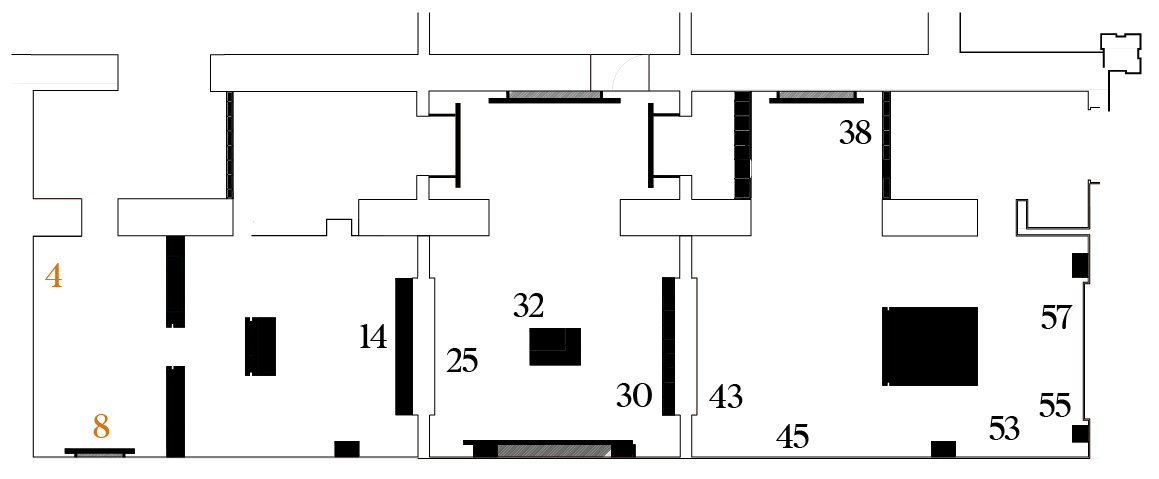
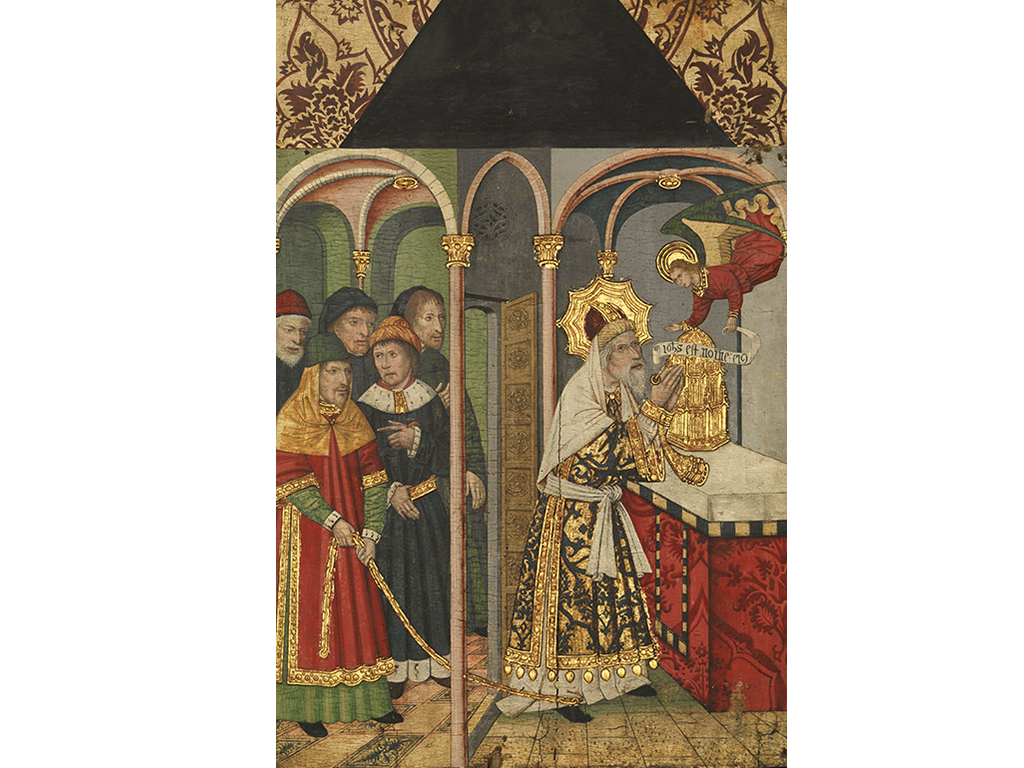
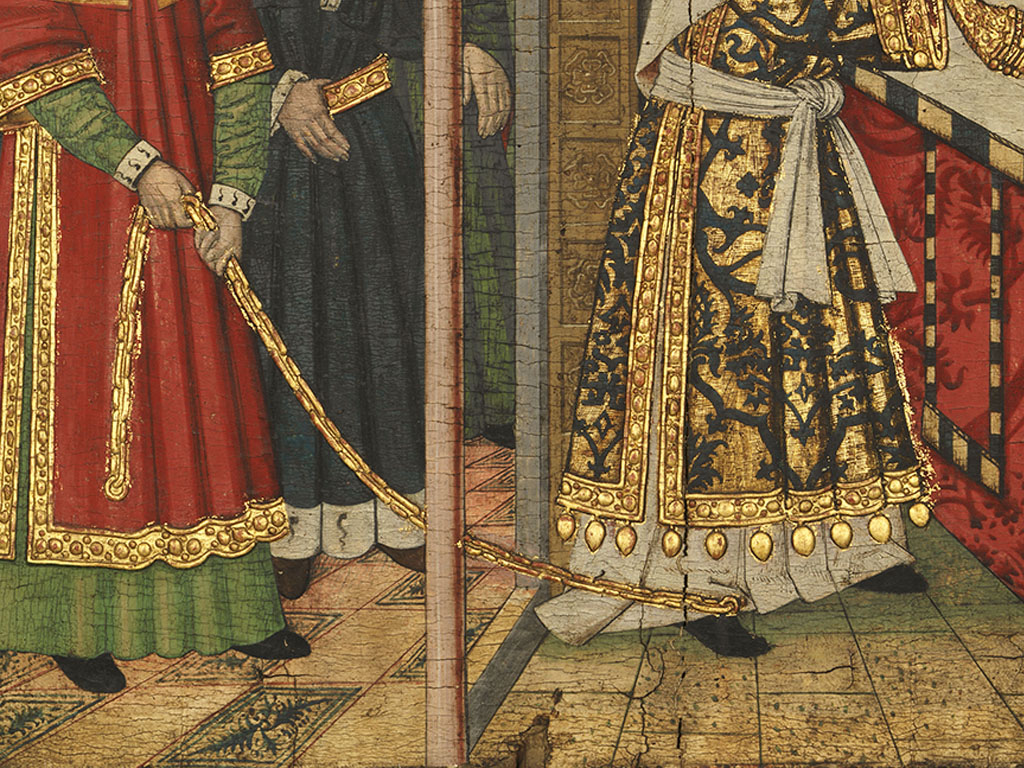
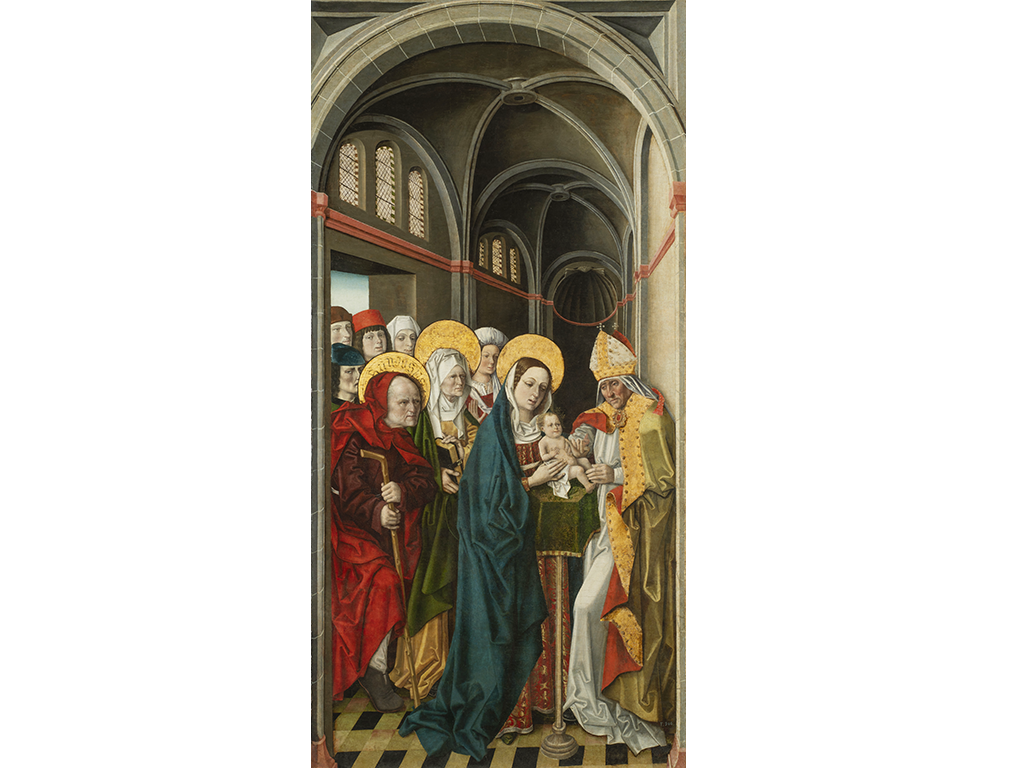
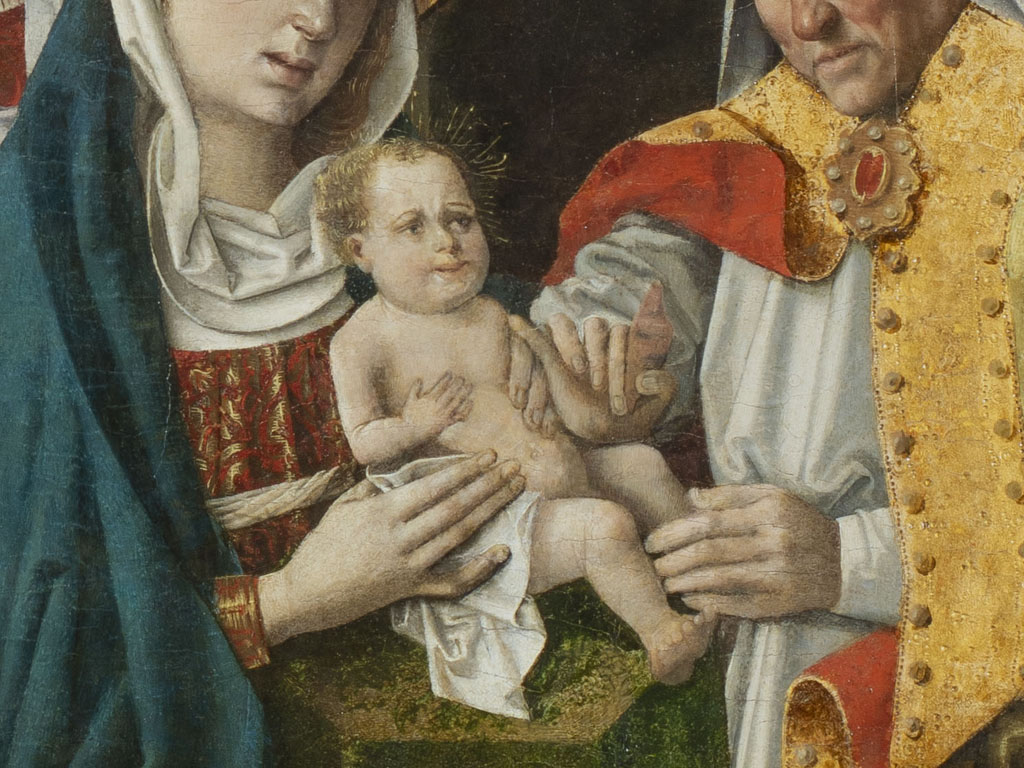
Section 2. From forerunners to a blind people
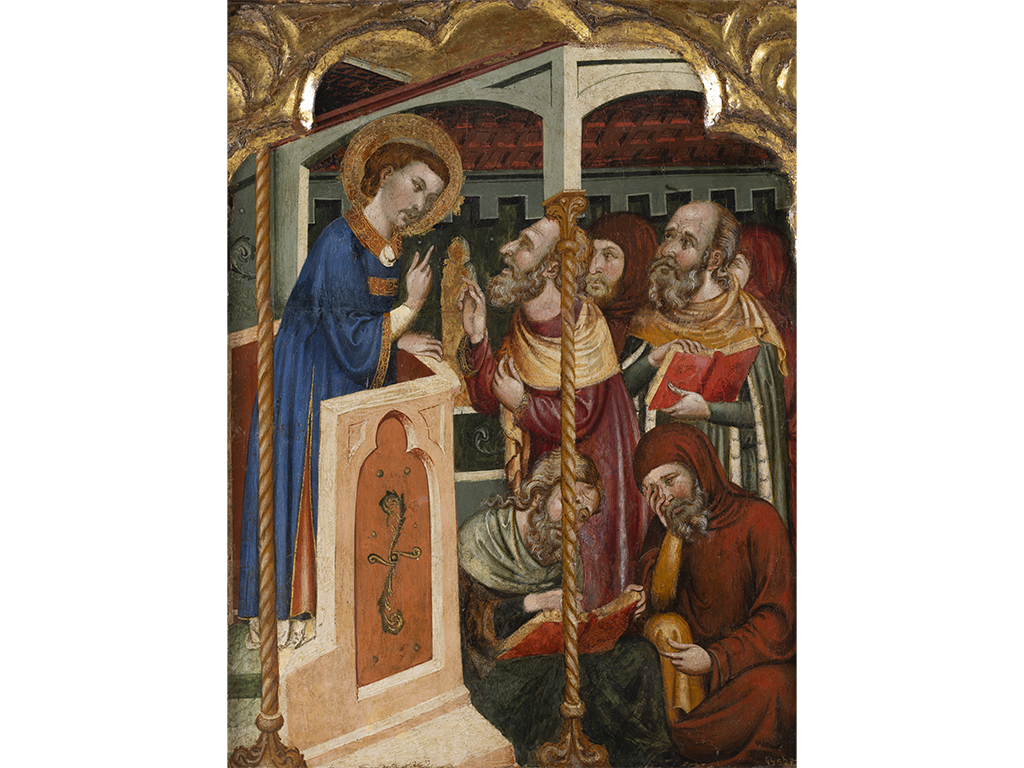
Circle of Ferrer and Arnau Bassa. Saint Stephen preaching in the Synagogue, c. 1340-50. Museu Nacional d’Art de Catalunya
From forerunners to a blind people
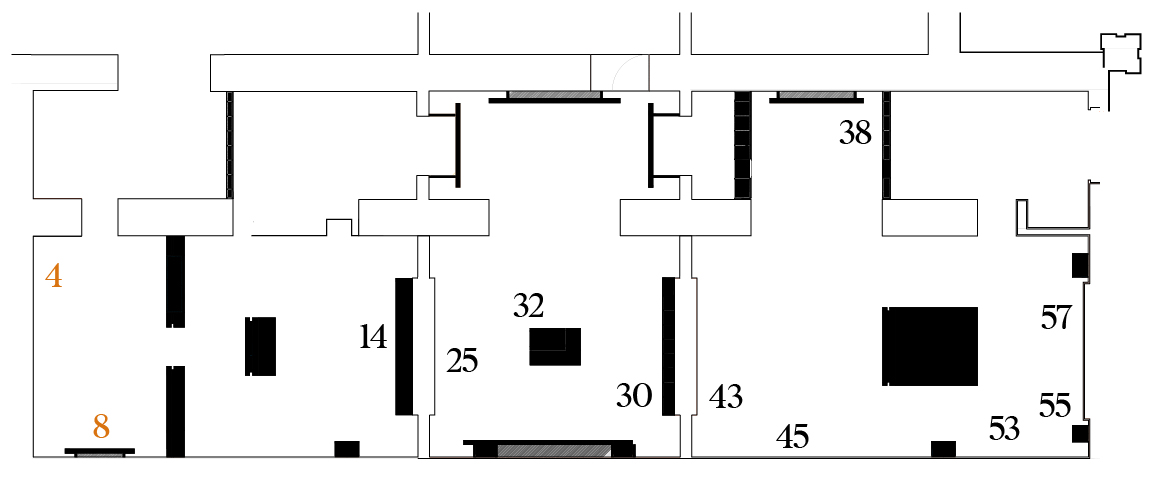

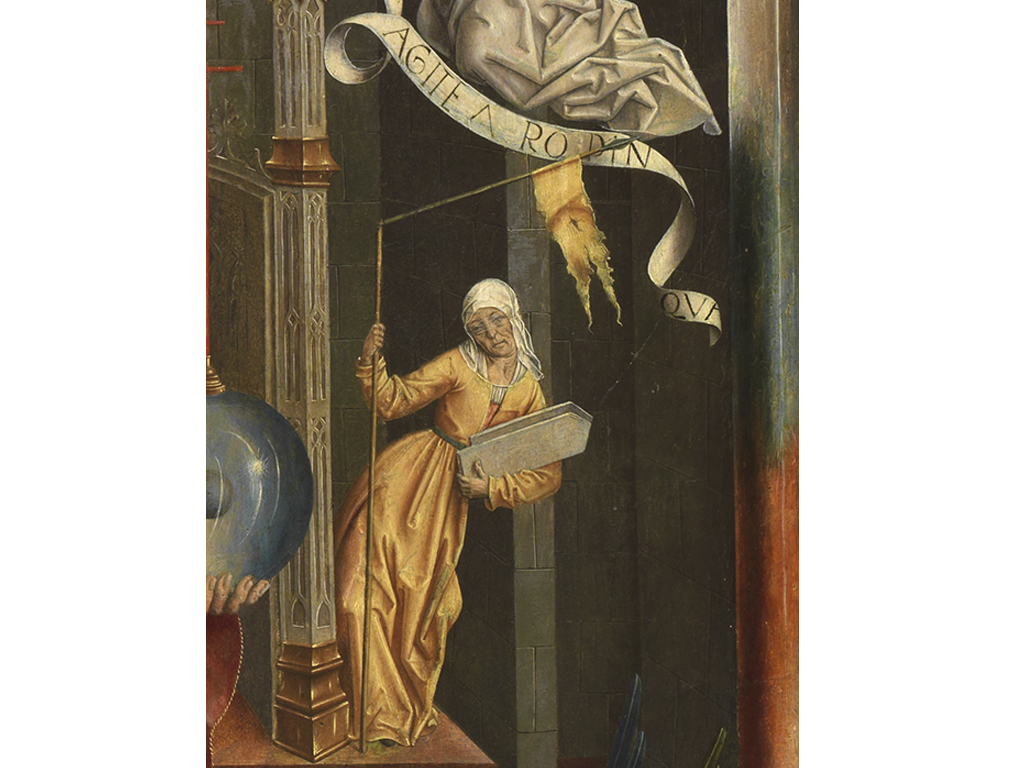
Section 3. Anti-judaism and mediatic images
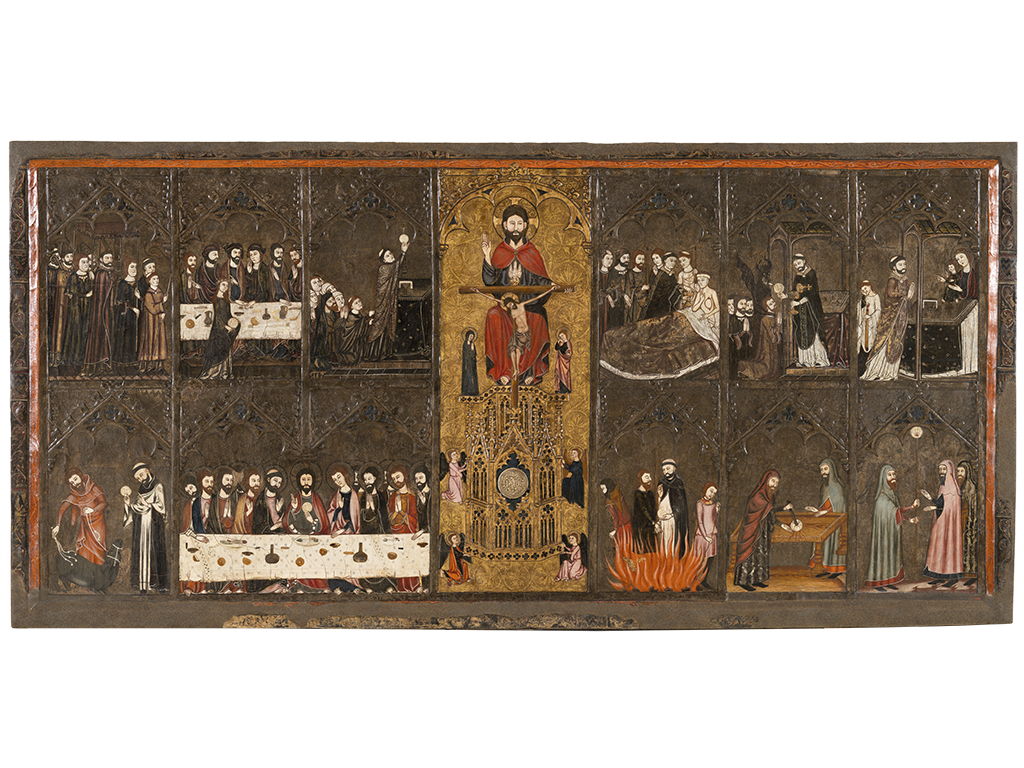
Guillem Seguer (?). Altarpiece of Corpus Christi from Vallbona de les Monges, c. 1335-45. Museu Nacional d’Art de Catalunya
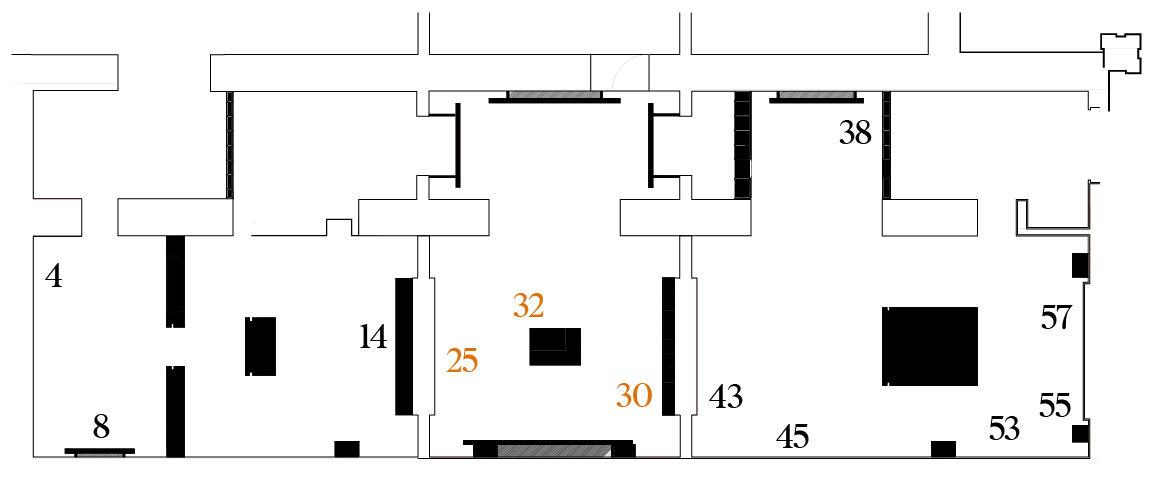
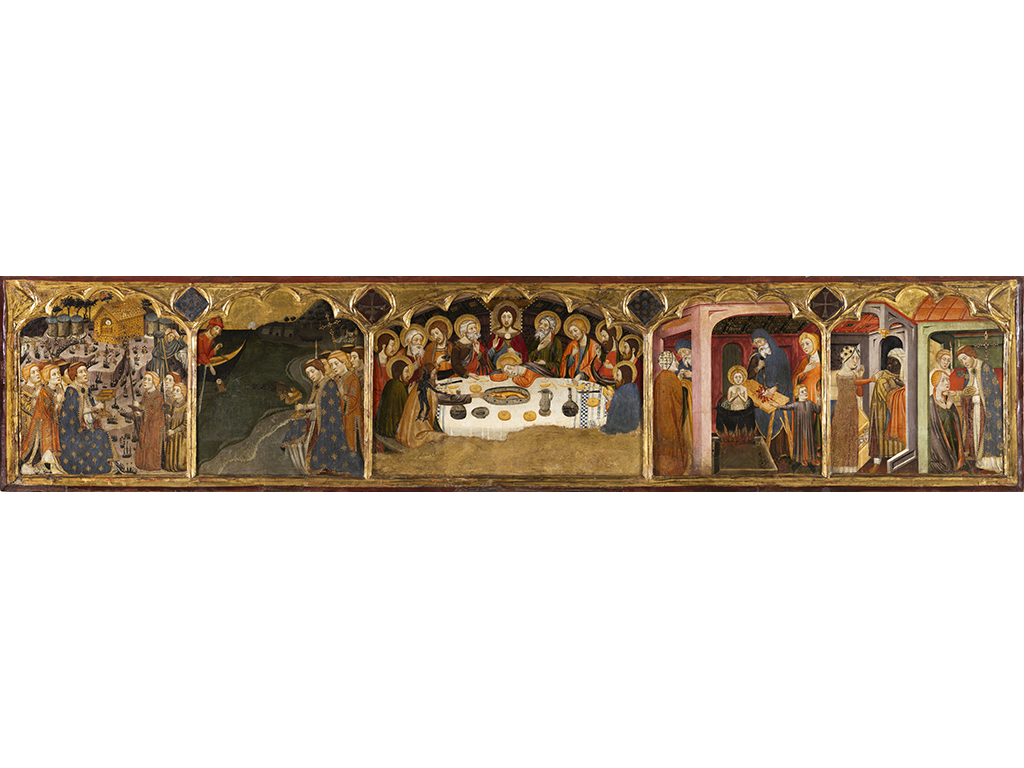
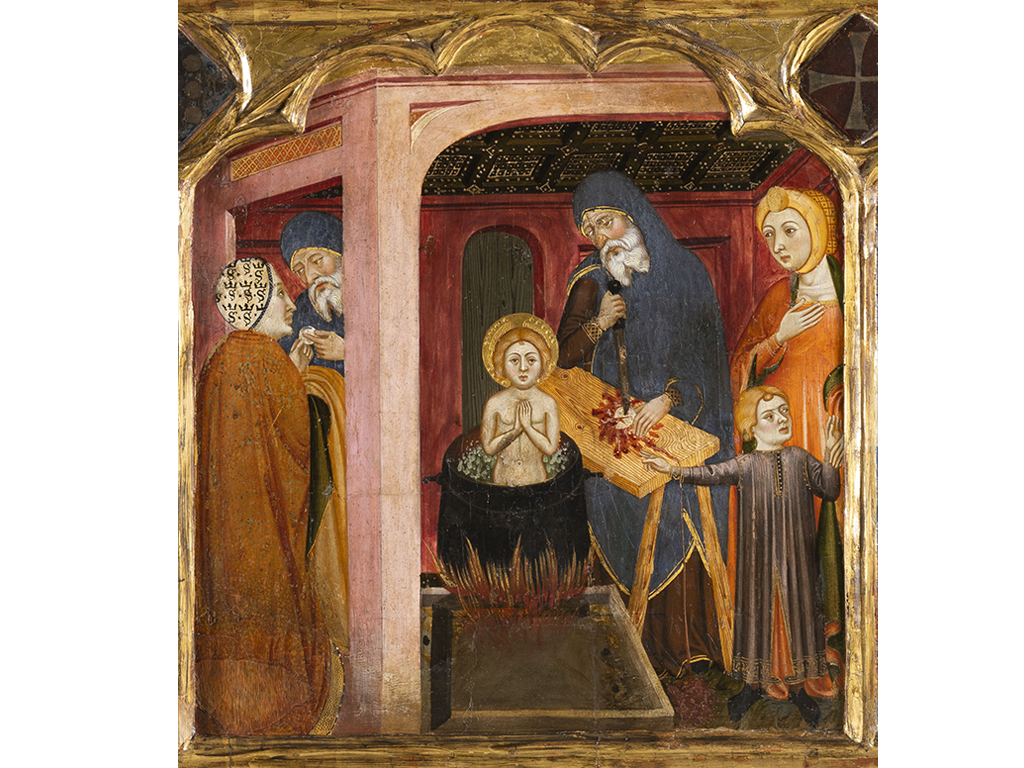
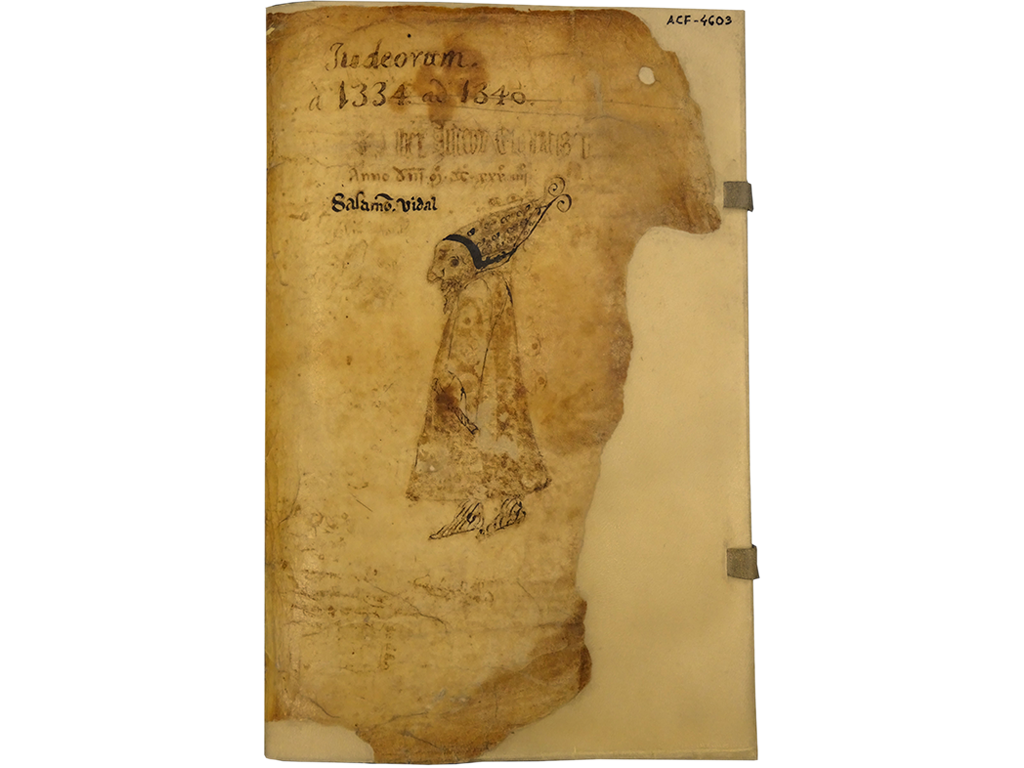
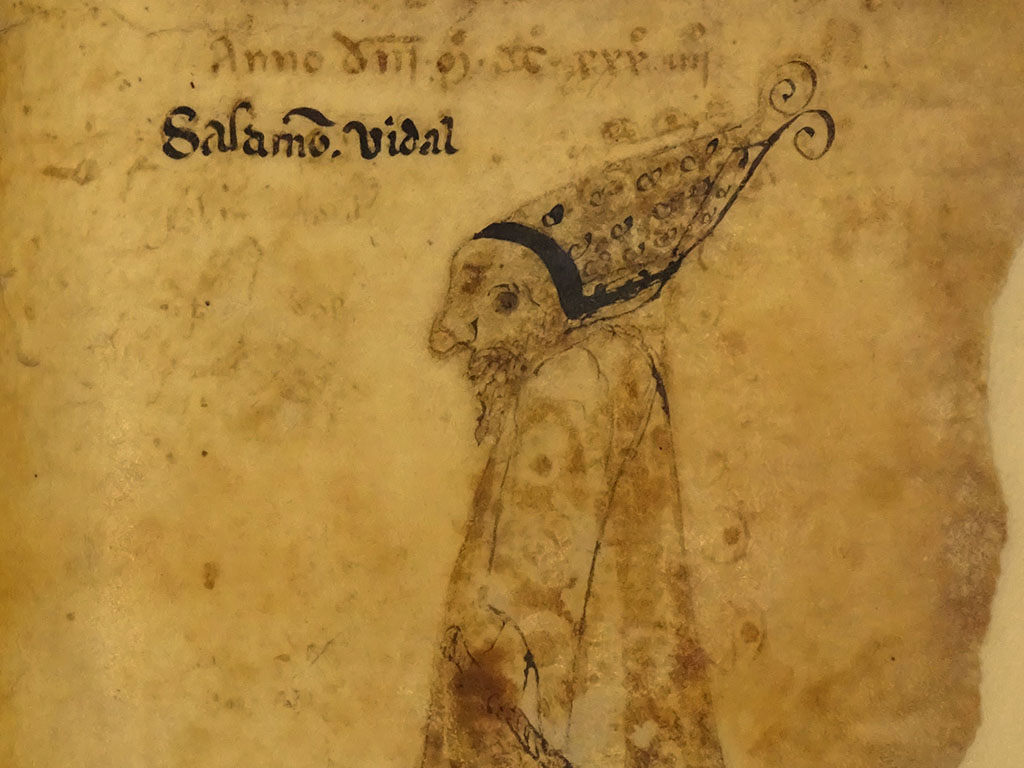
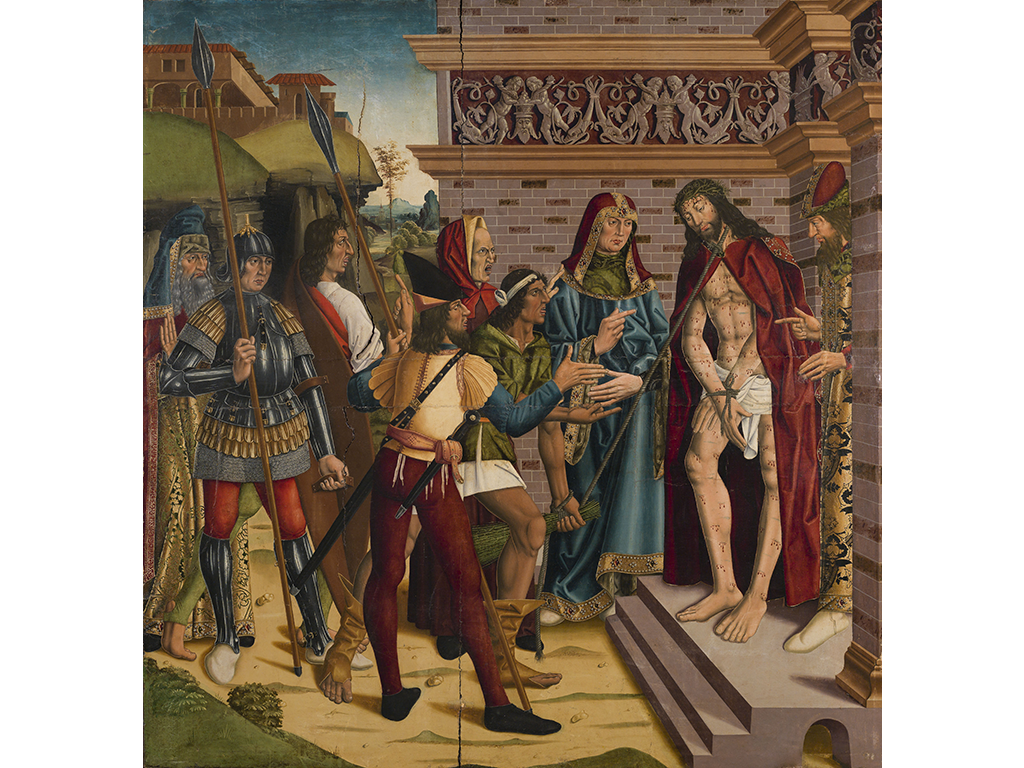
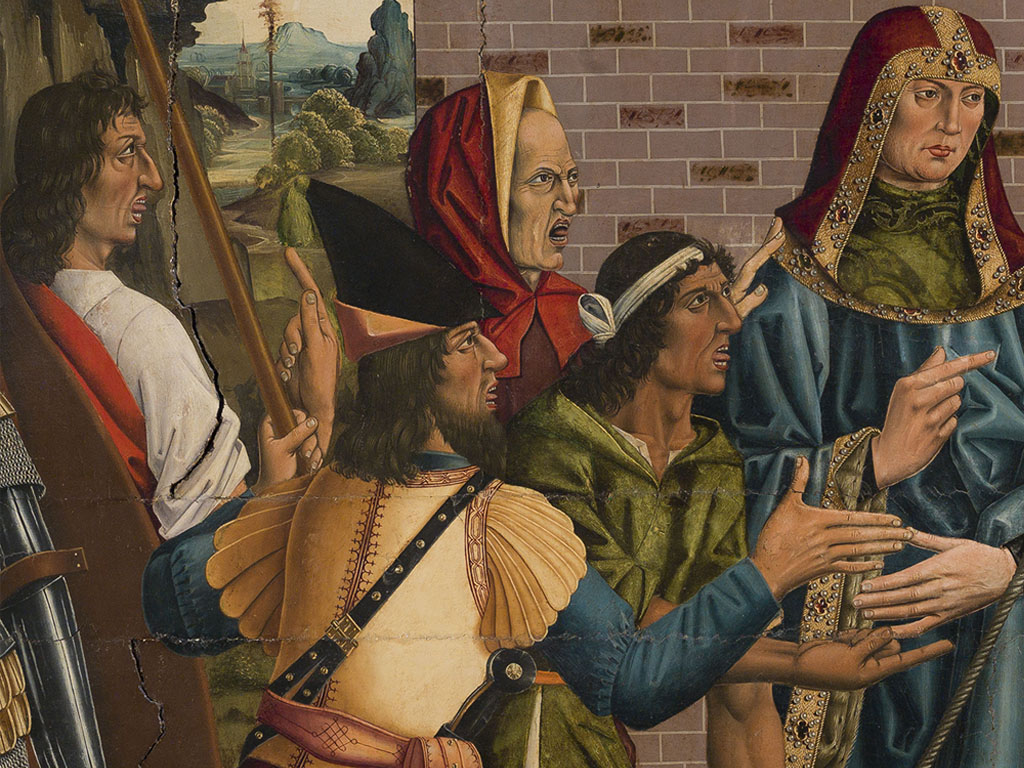
Section 4: Images for “conversos”, images of “conversos”
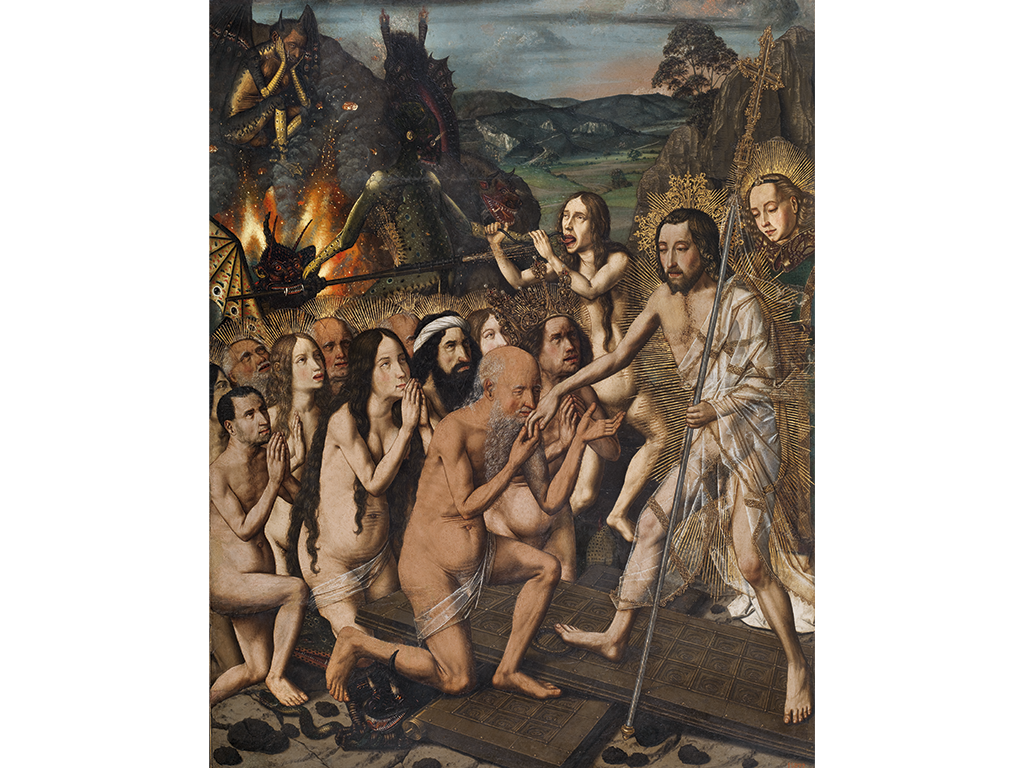
Bartolomé Bermejo. Descent of Christ into Limbo, c. 1474-79. Museu Nacional d’Art de Catalunya
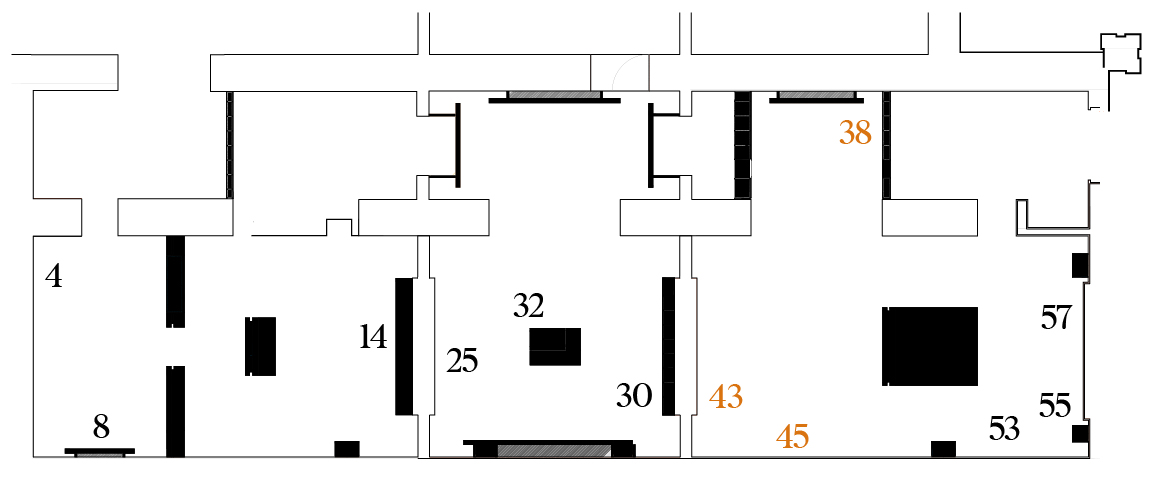

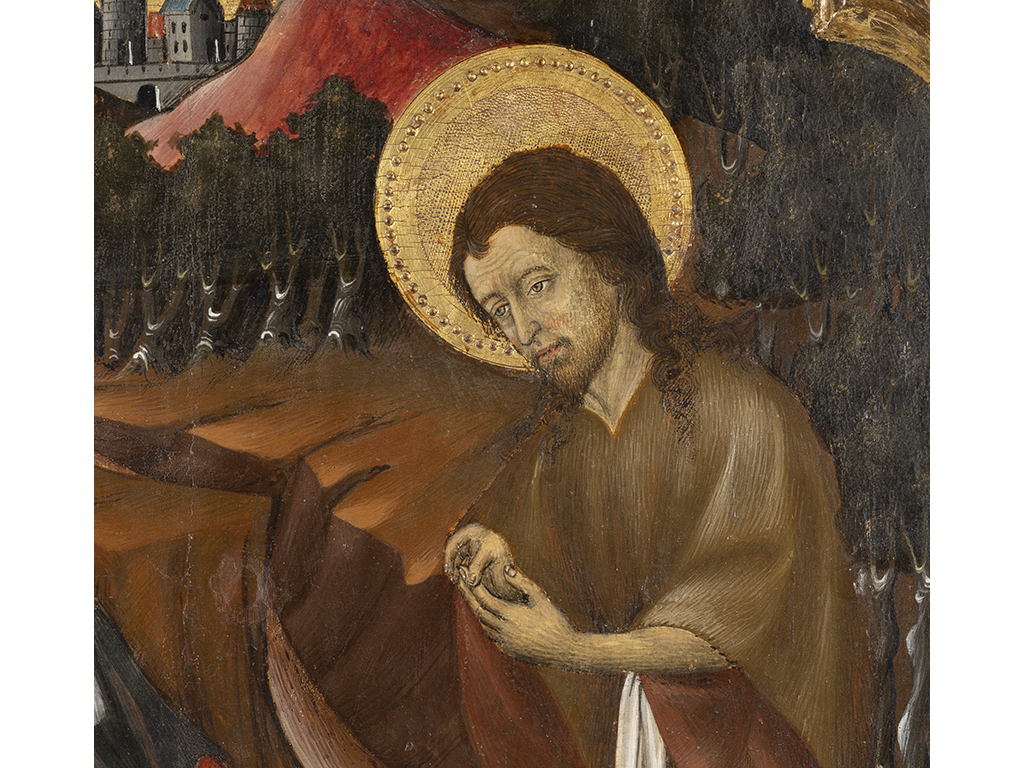
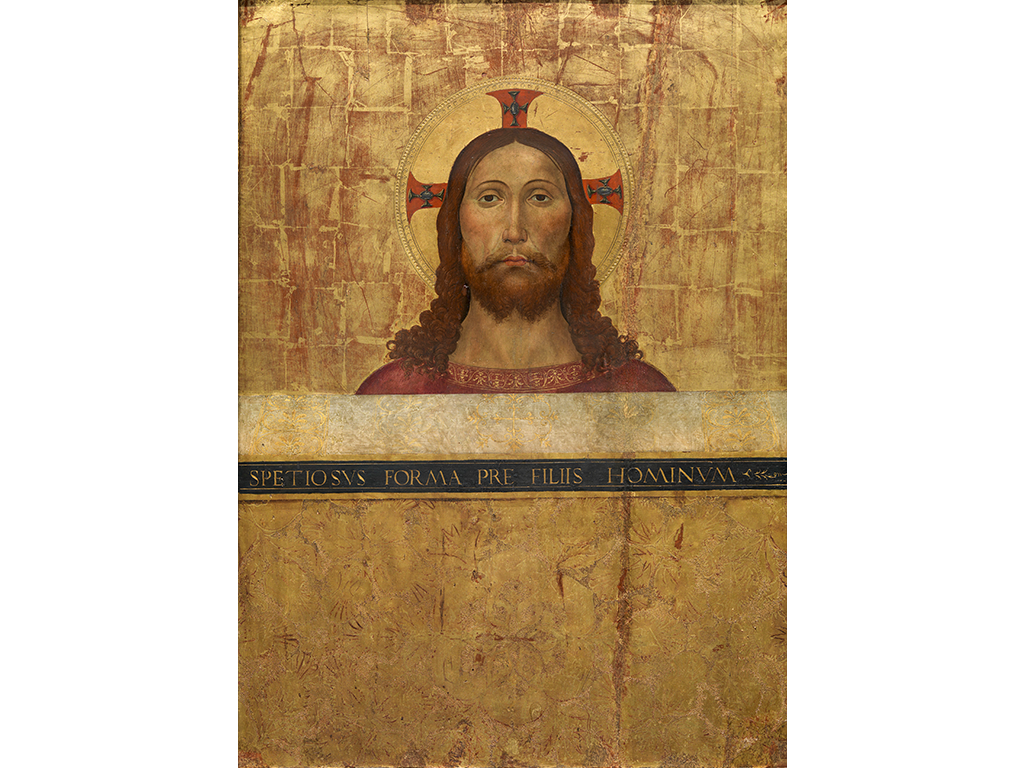
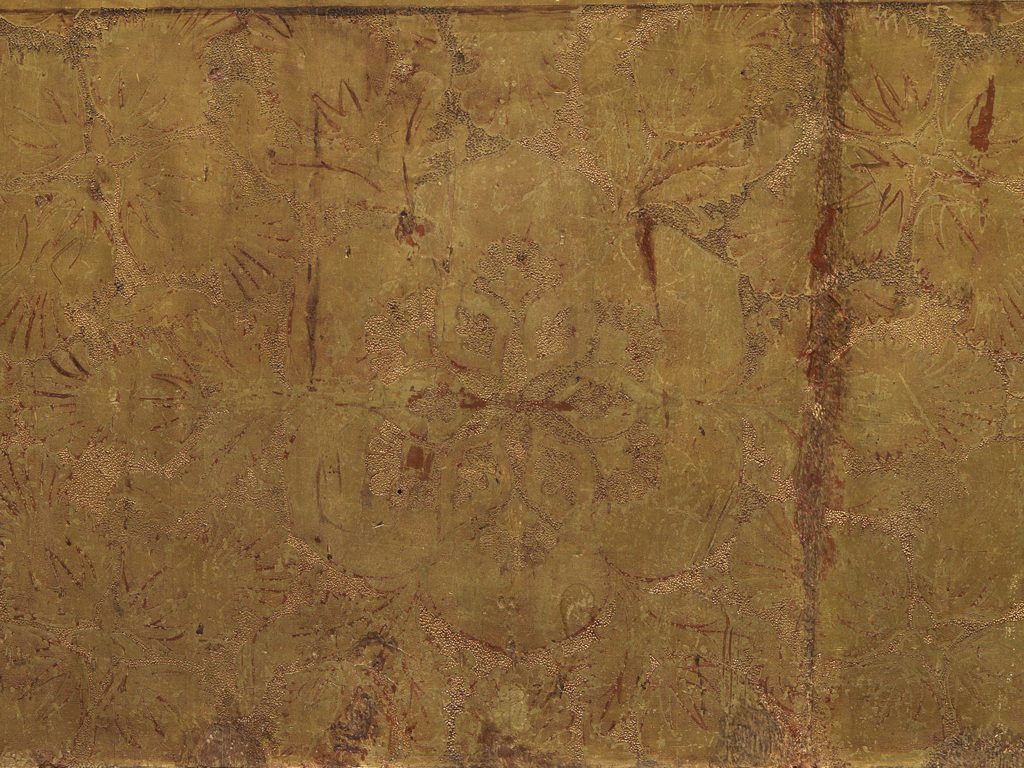
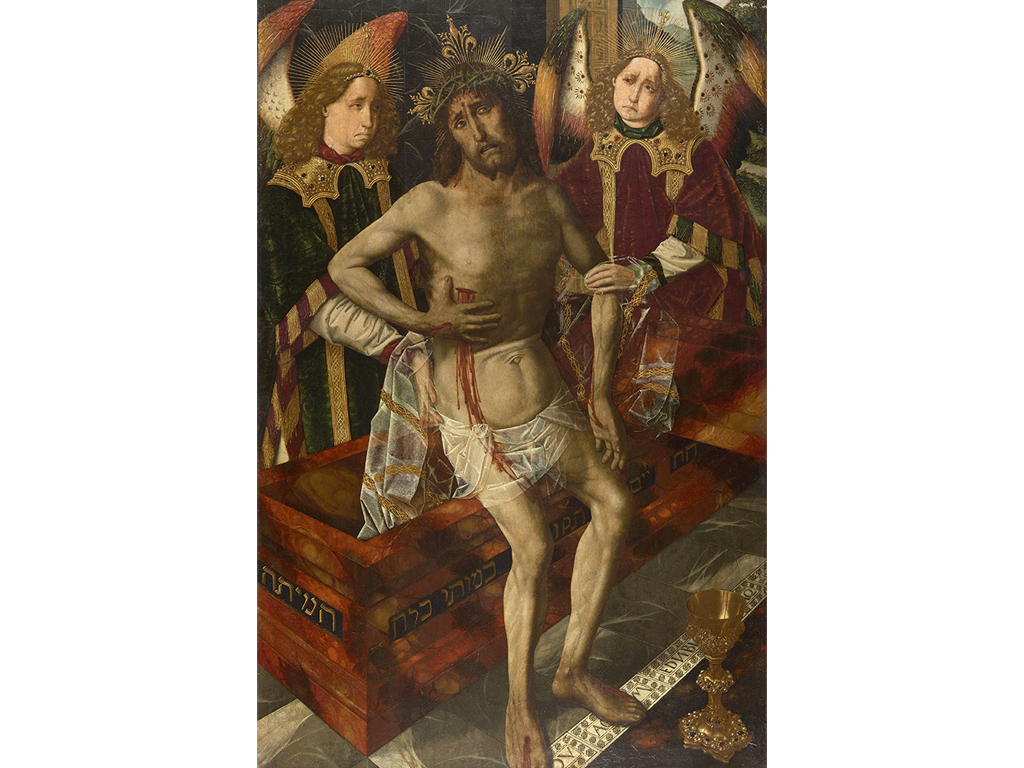
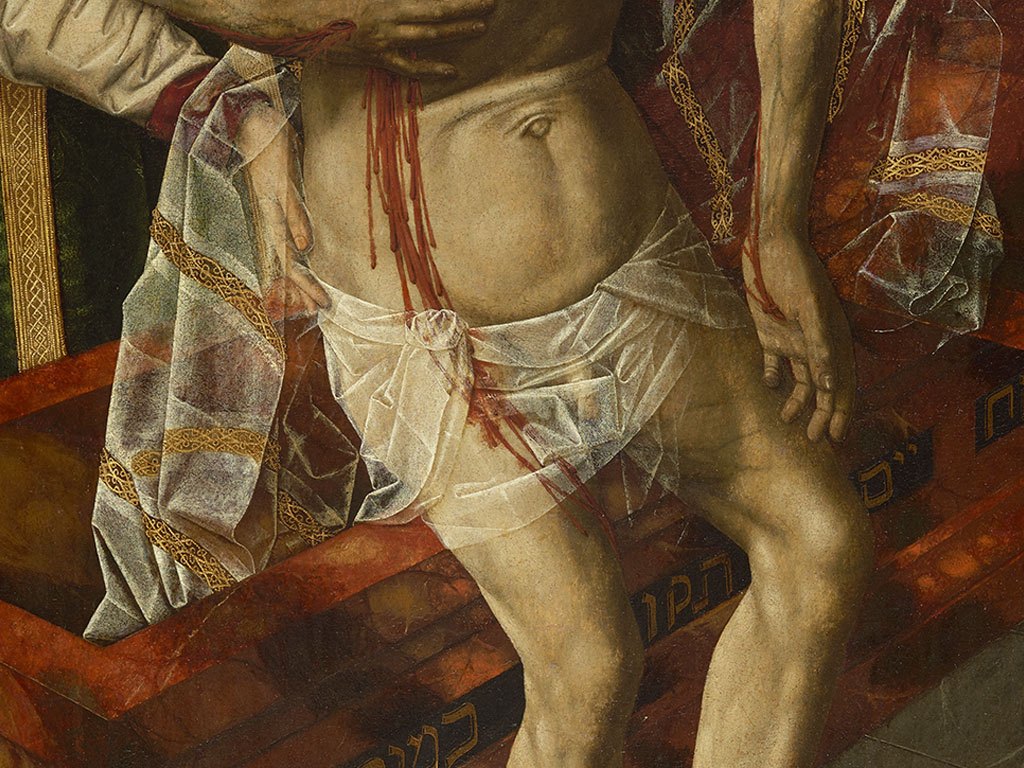
Section 5. Inquisitional settings

Pedro Berruguete. The Miracle of the Cloud, c. 1491-99. Museo Nacional del Prado
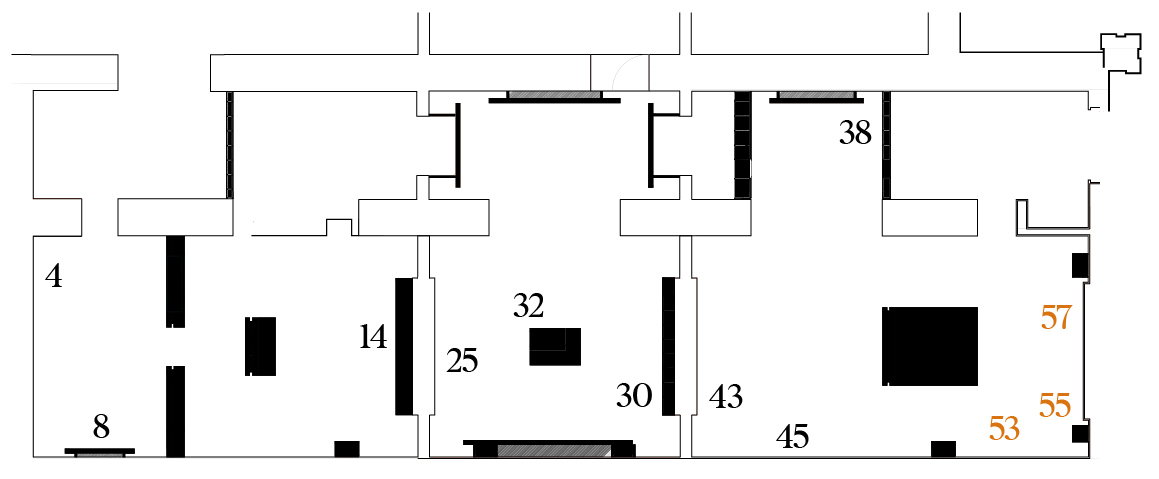
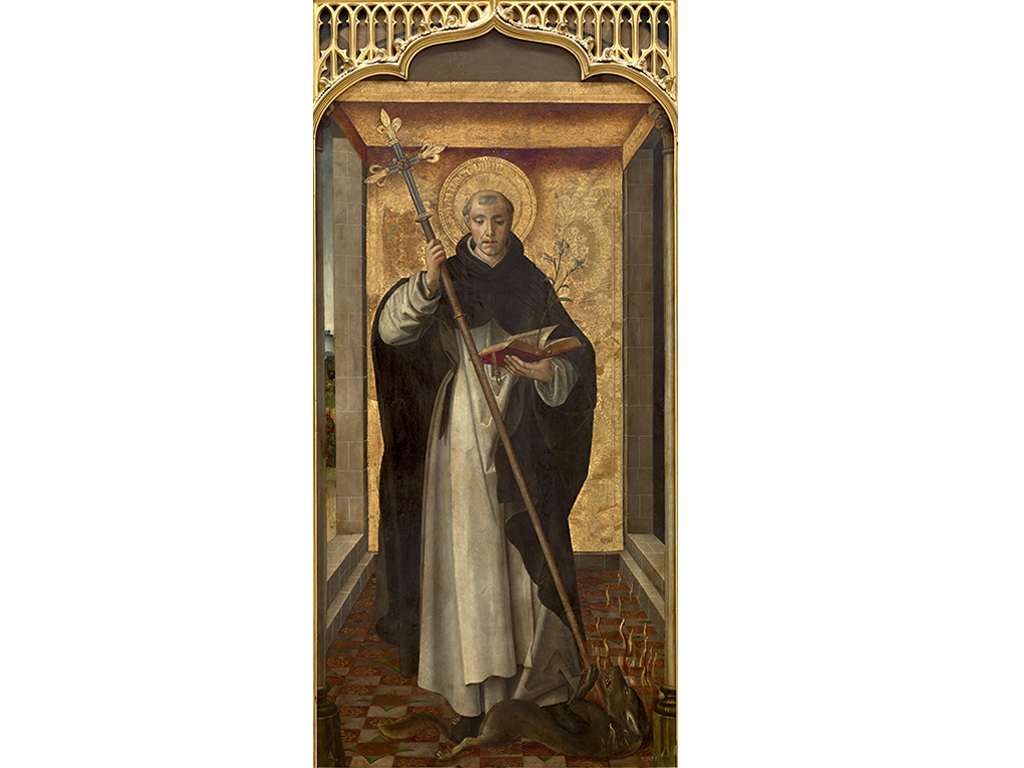
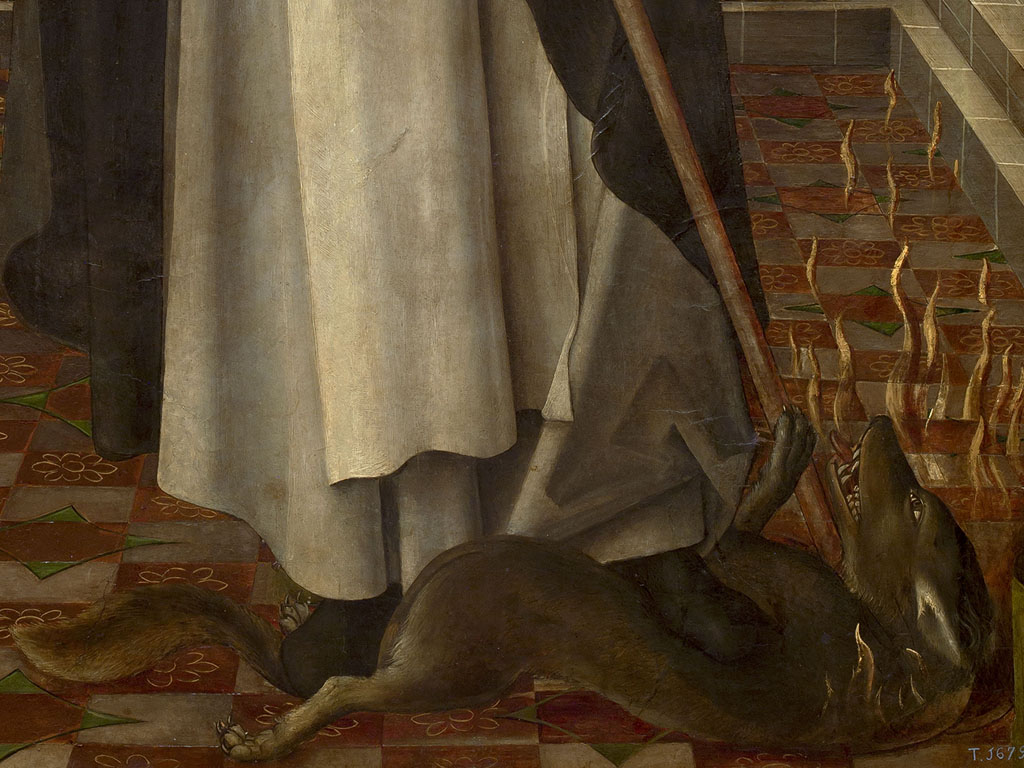
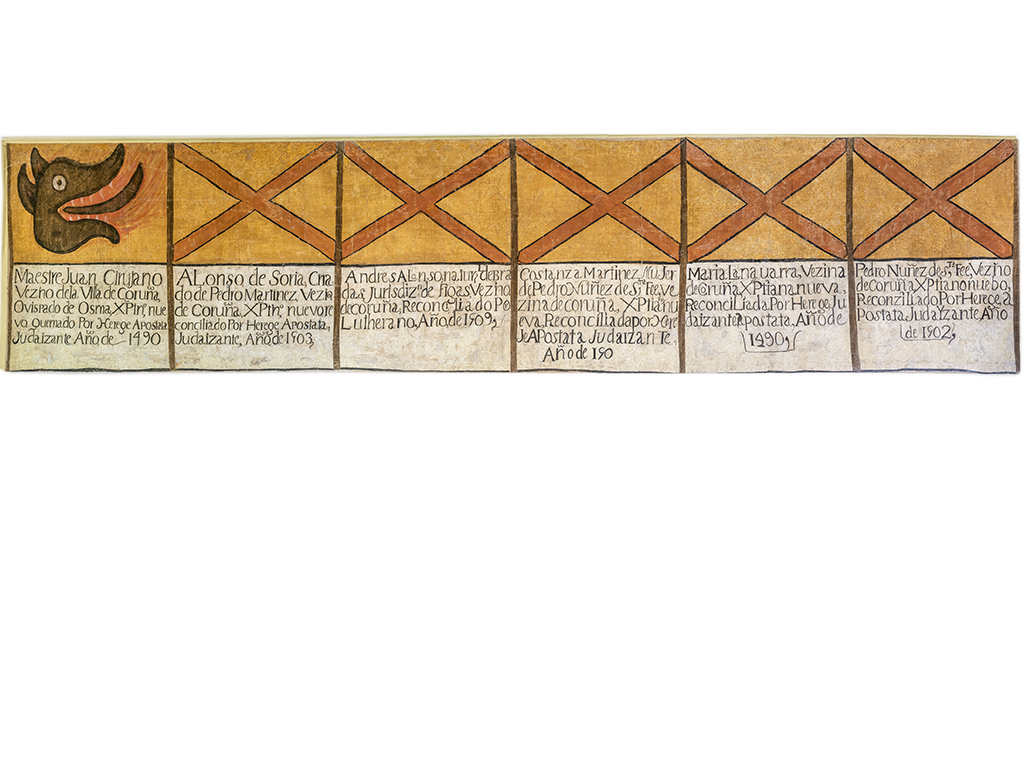
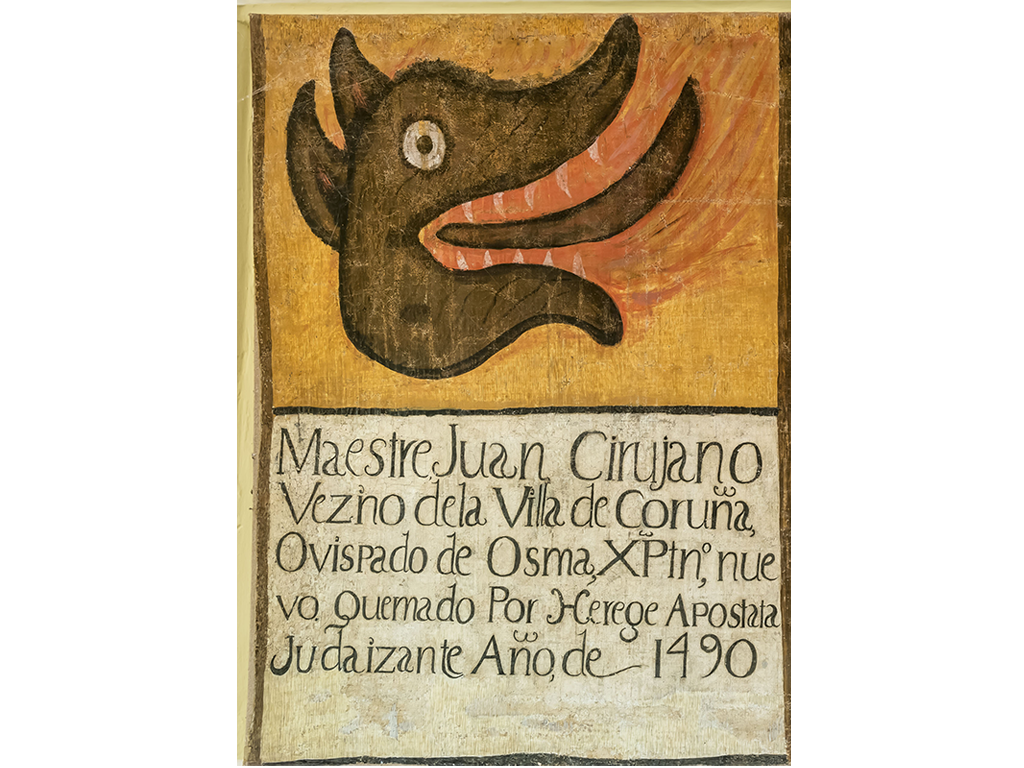
Alboraique (the concealed portrait)
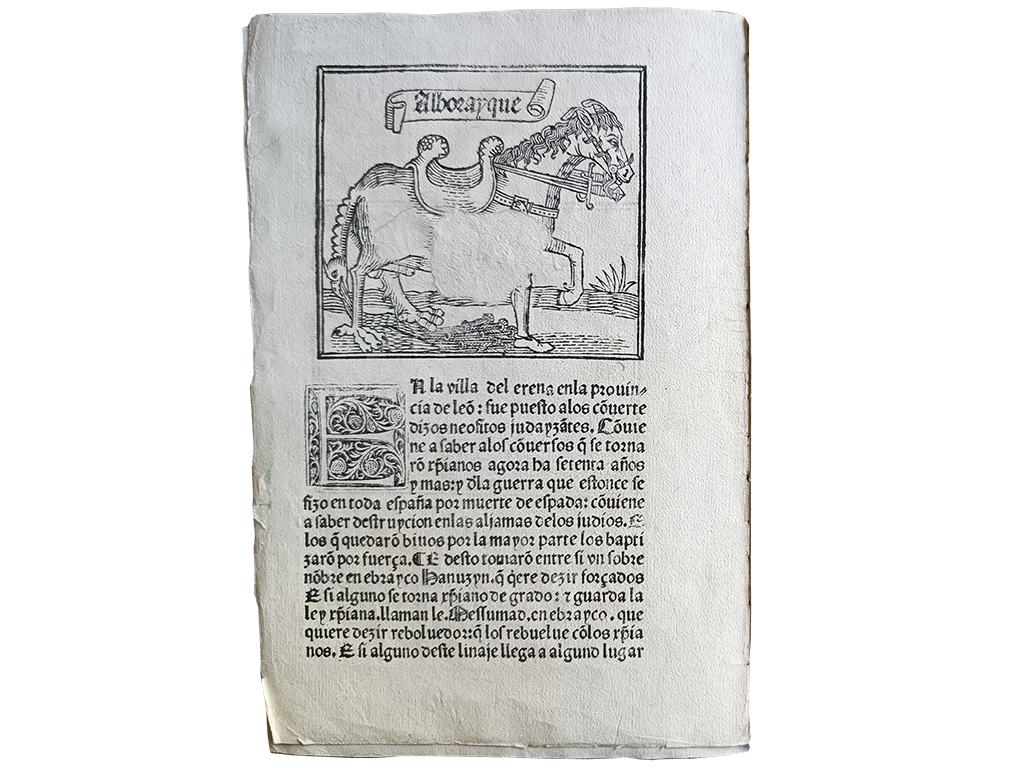
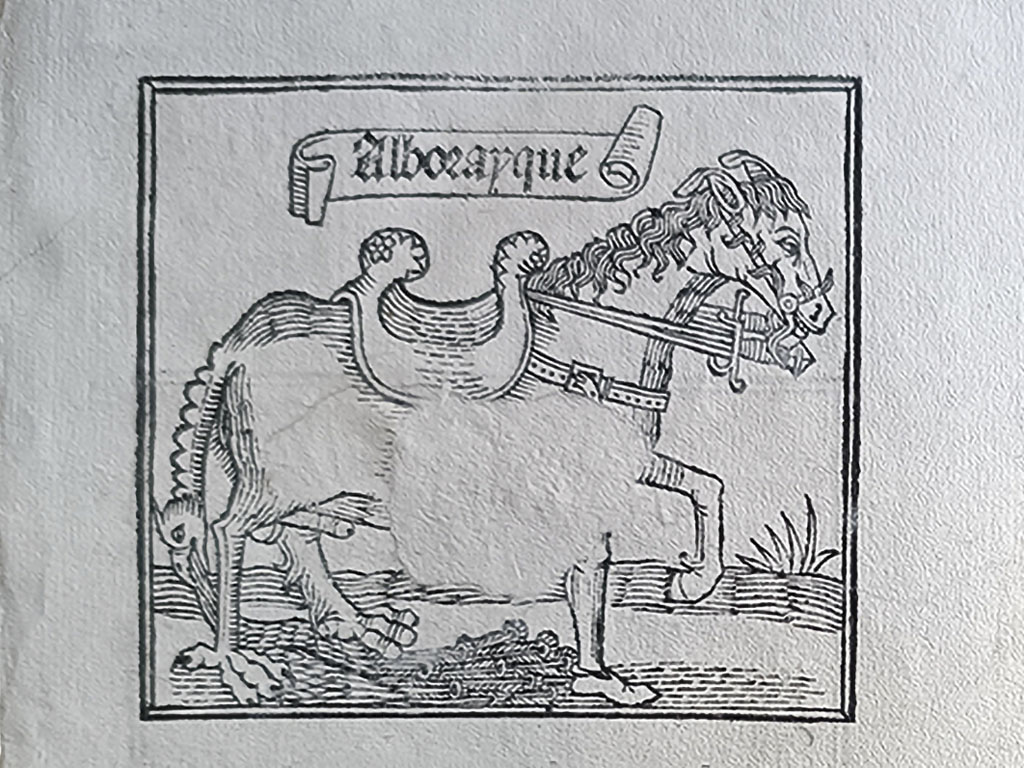
The construction of the “other” in 12 works
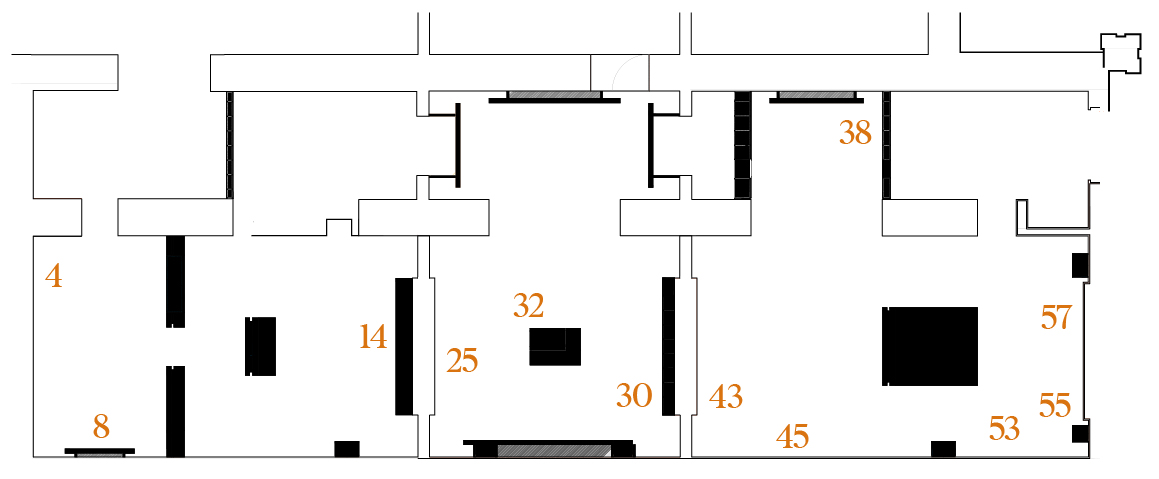
This exhibition explains how a distorted image of Jews and conversos was constructed between the 13th and 15th centuries. The curator of the exhibition, Joan Molina, exemplifies this construction with 12 works that you find in the five areas that are gathered together here.
Glossary
Afikoman: last portion of matzah that is required to be eaten at the end of the Passover meal.
Bimah: raised platform, normally located in the centre of the synagogue, where the Torah is read.
Circumcision or brit milah: Jewish ritual practice consisting of removing the foreskin of the glans on a child’s eighth day, as a sign of the enduring covenant between God and Abraham and his descendants.
Dayan (pl. dayanim): religious judge at a rabbinic court.
Haggadah (pl. haggadot): account of the Exodus from Egypt, which is required to be read at the ritual Passover meal.
Hanukkah: feast commemorating the purification of the Temple, during which it is required to light a lamp with eight candles.
Harosset: sweet paste made from fruit, spices and wine into which the bitter herbs eaten at the Seder are dipped.
Hekhal: arch in the form of a cabinet built onto, or embedded in, the east wall of the synagogue.
Judaiser or crypto-Jew: converso who secretly practises Judaism.
Liber iudeorum: notarial record of loans granted and debts owed by Jews.
Maror: bitter herbs that are required to be eaten at the Seder.
Marrano: judaising converso.
Matzah (pl. matzot): unleavened bread that is eaten at the Seder.
Menorah: the candelabrum of the Temple of Jerusalem and, by extension, the seven-branched candelabrum.
Midrash (pl. midrashim): rabbinic literature that offers an interpretation of or commentary on biblical texts.
Mishneh Torah: canonical compilation of the oral law enshrined in the rules of the Torah.
Mitzvah (pl. mitzvot): the 613 precepts of religious law that regulate the conduct of observant Jews.
Passover: feast commemorating the Israelites’ exodus from Egypt and freedom from captivity. The family celebration starts with the Seder.
Pesach: paschal lamb that is required to be eaten at the Seder.
Rimmonim: literally ‘pomegranates’ in Hebrew, decorative pieces generally used as finials to adorn the top ends of the rollers of Torah scrolls.
Sabbath: Saturday; the shabbat or day of rest during which Jews abstain from lighting fires and performing any other work.
Seder: ritual ceremony of the Passover meal at which matzah, maror and other herbs dipped in harosset are eaten, the afikoman is broken into pieces and the haggadah is recited.
Sukkot: feast commemorating the Israelites’ crossing of the desert to the promised land.
Tallit: prayer shawl worn by Jewish men.
Talmud: canonical compilation of the oral law enshrined in the Mishneh and other classical rabbinic sources.
Torah: book or scroll containing the Mosaic Code and the doctrine of Judaism traditionally held to have been revealed on Mount Sinai.
Tzitzit: knotted fringes attached to the corners of the tallit.
Yom Kippur: feast centred on repentance and atonement for sins. Its celebration requires fasting and mortification.
Zohar: foundational book of the Jewish Kabbalah.
Activities
Based around the exhibition The Lost Mirror you will find activities to help you approach the exhibition from other perspectives.
As well as the guided tours given by the museum’s educators, we have also organized author’s tours with experts: the curator of the exhibition, Joan Molina; the poet, Hebraist and translator Manuel Forcano, and the Museu Nacional’s assistant conservator of Gothic Art, Cèsar Favà.
In May, the duo Incanteri will give a concert of the three cultures. In March, families will be able to learn the artistic techniques hat were used in Gothic art as they recreate their own panel. And don’t miss the Sephardic cookery workshop organised by the C.C. El Sortidor!
More information and bookings on the exhibition website.
Catalogue

The catalogue and other articles in the exhibition are on sale in the Shop.
Organised by
